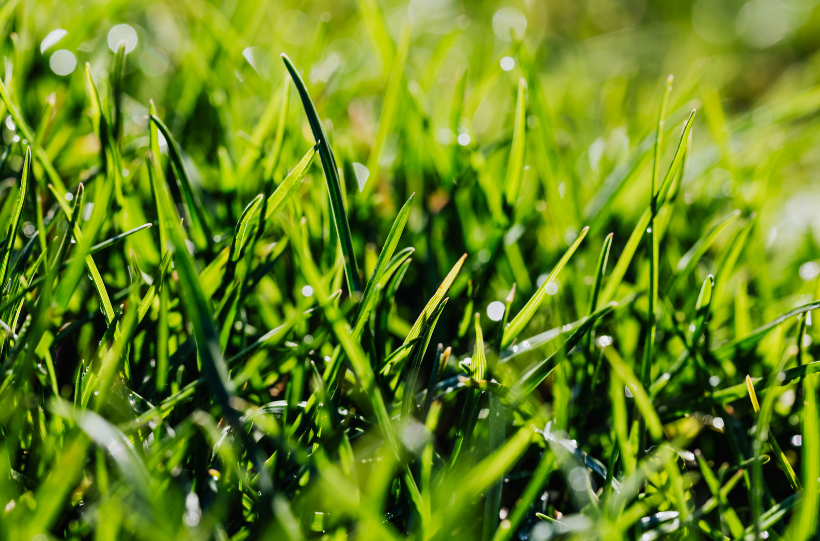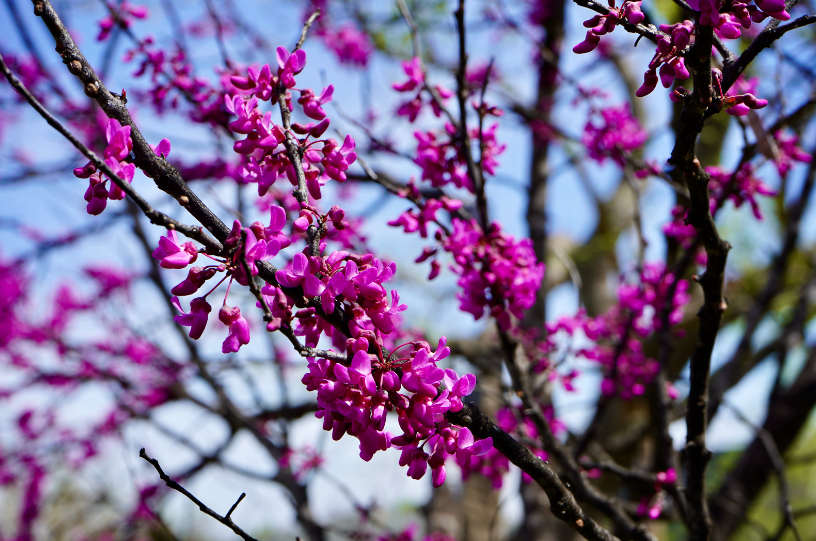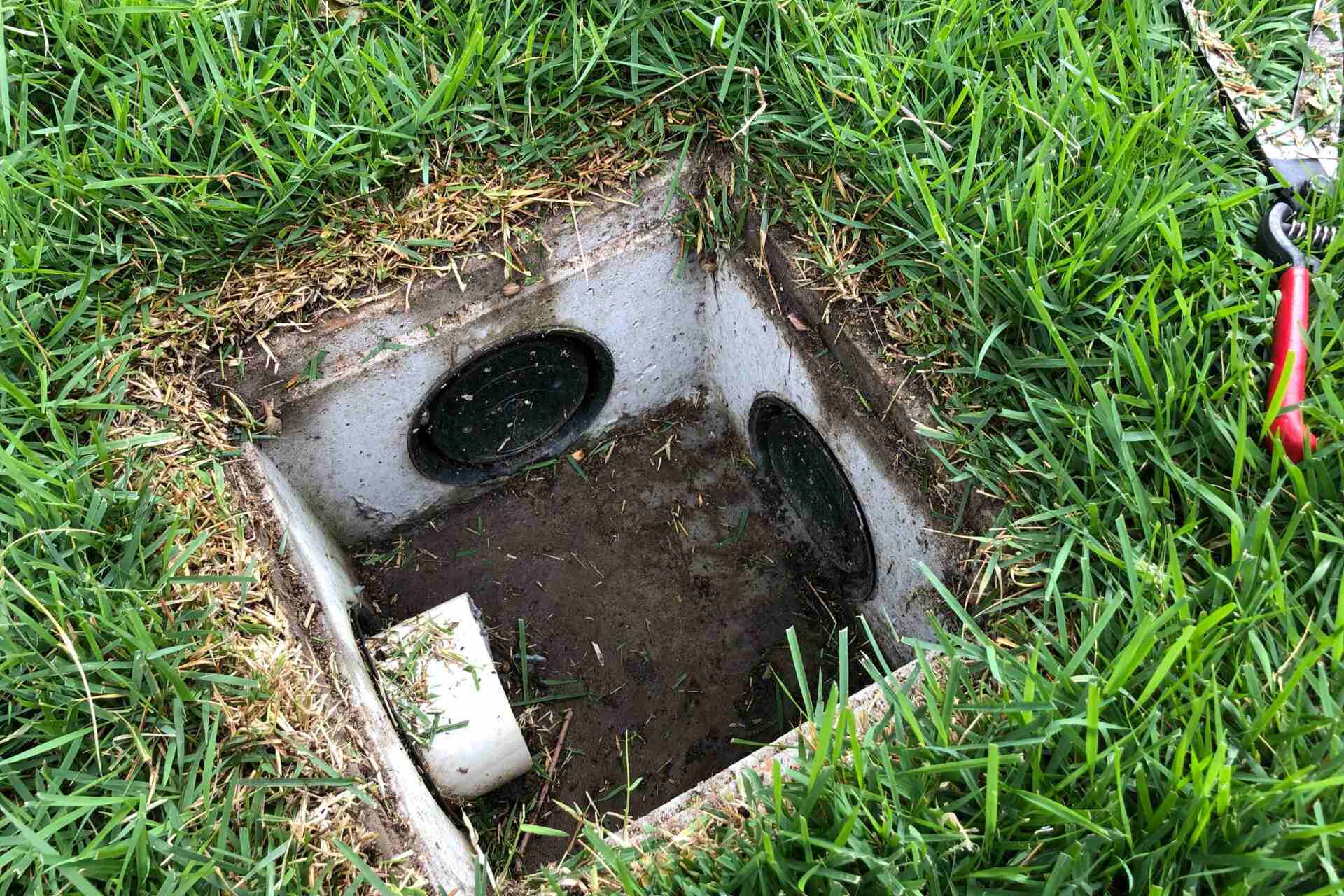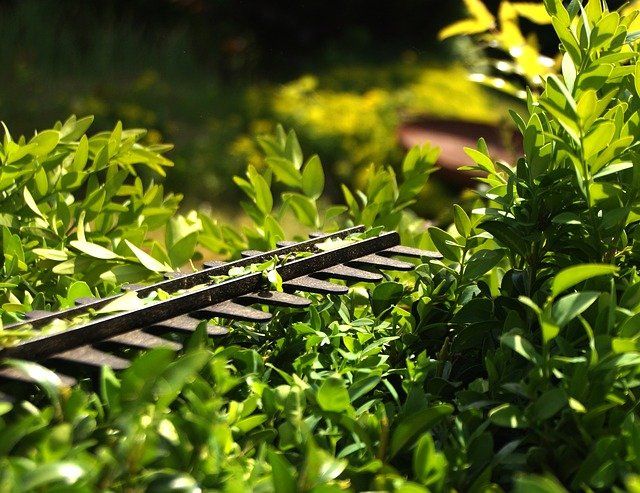
Maintaining a lush, healthy lawn in Brantford, Ontario, requires a combination of knowledge about local climate conditions and strategic lawn care practices tailored to each season. Whether you're a seasoned gardener or a novice homeowner looking to elevate your lawn care game, these seasonal tips will help you nurture your green space throughout the year. Spring: Revitalize and Prep As the snow melts away and temperatures begin to rise, spring is the perfect time to kickstart your lawn care routine. Start by removing any debris or dead foliage leftover from winter to allow for proper airflow and sunlight penetration. Consider dethatching and aerating your lawn to promote healthy root growth and improve soil drainage. Early spring is also an ideal time for overseeding bare patches and applying a slow-release fertilizer to encourage lush, green growth. Keep an eye out for weeds like dandelions and crabgrass, and tackle them early before they have a chance to spread. Summer: Hydration and Maintenance Brantford summers can bring hot and dry conditions, making proper hydration essential for a thriving lawn. Water deeply and infrequently to encourage deep root growth, preferably in the early morning to minimize evaporation. Aim for between 1 and 1.5 inches of water per week, adjusting for rainfall received and changes in temperature. Regular mowing is crucial during the summer months, but remember the golden rule of lawn mowing: never cut more than one-third of the grass height at a time to prevent stress and promote healthy growth. Keep your mower blades sharp to ensure clean cuts and avoid tearing grass blades. To combat pests and diseases common during the summer, such as chinch bugs and brown patch fungus, monitor your lawn regularly and address any issues promptly. Consider applying a targeted insecticide or fungicide if necessary, but always follow label instructions carefully. Fall: Prep for Winter As temperatures cool down and summer transitions to fall, it's time to prepare your lawn for the dormant winter months ahead. Continue to mow regularly, but gradually lower the height of your mower blades to discourage disease and pest infestations. Fall is also prime time for core aeration and overseeding to repair any damage accumulated over the summer and promote thick, healthy turf. Consider applying a high-phosphorus fertilizer to strengthen root systems and enhance winter hardiness. Don't forget about leaf removal! Keep your lawn clear of fallen leaves to prevent suffocation and mold growth, especially in areas with heavy tree cover. Consider mulching leaves with a mower to add organic matter back into the soil. Winter: Minimal Maintenance Winters here in Brantford can be harsh, and your lawn will likely enter dormancy during the coldest part of the year. While lawn care tasks are minimal in winter, there are still steps you can take to protect your turf. Avoid walking on frozen grass to prevent damage, and if you do receive heavy snowfall, gently brush the snow off of delicate plants to prevent breakage. Consider applying a winterizing fertilizer in late fall to provide essential nutrients that will support your lawn's health throughout the winter months. And remember, spring will come again, so use this time to plan and prepare for the upcoming growing season. By following these seasonal lawn care tips, you can enjoy a vibrant and healthy lawn year-round. With proper maintenance and attention to detail, your green space will be the envy of the neighborhood, providing a beautiful backdrop for outdoor enjoyment and relaxation. Need help with any of these tasks? Not sure where to start? Our Brantford lawn care experts are here to help!

Brantford, Ontario boasts a unique blend of urban charm and natural beauty. For residents and landscapers alike, harnessing the indigenous flora can be a transformative journey toward sustainable and thriving landscapes. Embracing native plants not only enhances the aesthetics but also fosters biodiversity and ecological resilience. In this guide, we explore the best native plants for Brantford landscapes, offering a tapestry of colors and textures that harmonize with the local environment. Wild Bergamot (Monarda fistulosa): A perennial favorite, Wild Bergamot, also known as Bee Balm, adds a burst of lavender-hued flowers to your landscape. Its fragrant blossoms attract pollinators, including butterflies and bees, while its aromatic leaves exude a refreshing scent. Wild Bergamot thrives in well-drained soils and partial shade, making it an ideal choice for Brantford gardens. Purple Coneflower (Echinacea purpurea): With its striking purple petals and prominent cone-shaped centers, the Purple Coneflower is a quintessential native plant for Brantford landscapes. Not only does it provide a vibrant splash of color, but it is also known for its immune system-boosting properties. Drought-tolerant and resilient, this resilient perennial flourishes in both sunny and partially shaded areas. Cardinal Flower (Lobelia cardinalis): For those seeking to add a touch of fiery red to their gardens, the Cardinal Flower is an exquisite choice. Its vibrant blooms, reminiscent of a cardinal's plumage, attract hummingbirds and butterflies, creating a lively ecosystem within your backyard. Thriving in moist, rich soils, this moisture-loving perennial thrives along stream banks or in rain gardens. Switchgrass (Panicum virgatum): A native ornamental grass, Switchgrass lends a graceful elegance to Brantford landscapes with its arching foliage and delicate seed heads. Its tolerance to drought and a wide range of soil conditions makes it a resilient choice for local gardens. Switchgrass also serves as a habitat for beneficial insects and nesting birds, contributing to the ecological balance of your landscape. Goldenrod (Solidago spp.): Often unfairly associated with allergies, Goldenrod is a native perennial celebrated for its golden plumes that illuminate fall landscapes. Contrary to popular belief, it's primarily pollinated by insects rather than wind, making it an excellent choice for pollinator-friendly gardens. Its resilience to drought and poor soils makes it a low-maintenance addition to Brantford landscapes. Eastern Redbud (Cercis canadensis): Adding a splash of pink to the springtime palette, the Eastern Redbud is a native tree renowned for its delicate, heart-shaped leaves and rosy-pink blossoms. Thriving in well-drained soils and partial shade, it serves as an eye-catching focal point in Brantford gardens, attracting early-season pollinators and offering a canopy of shade during hot summer months. Incorporating native plants into your Brantford landscape not only celebrates the region's natural heritage but also fosters a resilient and sustainable ecosystem. By supporting local wildlife, conserving water, and reducing the need for chemicals, native plants offer a myriad of benefits that extend far beyond mere aesthetics. Before embarking on your native plant journey, be sure to consider factors such as soil type, sunlight exposure, and moisture levels to ensure the optimal conditions for your chosen species. Our local landscaping and gardening experts are always available for personalized recommendations and guidance - call or email us today to see how easy and beneficial it is to incorporate native plants into your landscape!

One of the many benefits to being a homeowner is the ability to design the home of your dreams. Whether you’re new to outdoor design or an experienced designer, there’s always something perfect out there for everyone to enjoy. As a professional, our team at Brantford Landscaping is here to help you understand all of your options. First, we’re going to map out what we think is the best patio pavers based on our years of experience. BRICKSTONE One of the most popular paver designs is brickstone: nothing ages better than brick. For homeowners that enjoy a more traditional aesthetic, the versatility of brickstone pavers makes this paver a great choice. You can choose between a multitude of different colored bricks as well as a variety of interlocking patterns. MIRADA The weathered, interlocking Mirada paver generally comes in 5 different sizes and 4 different colors. This particular paver has a tumbled look to it, making it a great option for homeowners that enjoy a more western style. PLAZA STONE Plaza stone differs from other pavers due to its unique curvature and patterns. A classic paver stone walkway will have a distinct and darker color border along both sides of the pavement. In the filled areas, the stones will vary in color, shade, and even size. This embossed style makes the plaza stone paver the ideal mix of the two aforementioned pavers: the style is both tumbled and classic. ARBEL STONE With its irregular shape and daunting color selection, the arbel paver gracefully captures the beauty of the natural stone. Due to its expansive selection of unique patterns, the arbel paver successfully mimics the look and feel of a classic flagstone paver. BRISTOL The bristol paver is made unique by its color. It typically comes in warm colors with a worn texture, giving it an antique appearance. For homeowners seeking hardscape design as a part of their patio or garden design plan, then look no further than the bristol paver. It’s the perfect choice of paver when designing beautifully landscaped focal points. RENAISSANCE As you would’ve guessed, the renaissance paver’s name is derived from the style of bricks used during the renaissance era. Needless to say, the reason why it’s still relevant today is because it’s a style that ages with grace. For homeowners that enjoy a historic aesthetic, then a renaissance paver is the way to go. AZEK As far as the saying “out with the old and in with the new” is concerned, a great option for homebuyers to consider is AZEK pavers. This is especially a great option for those looking to create a do-it-yourself patio. They can be installed in a grid and are lighter in weight due to being made out of recycled materials. Now, where can you buy paver stones in Brantford? Here are our top picks!

If your yard has an unhealthy level of thatch buildup, power raking can remove this dead organic material from around the roots of your grass, helping your grass to reach the water and nutrients it needs to flourish. There are good times and bad times to power rake, however, and power raking should always be done with care as it does damage your grass. If done at the wrong time or too often, it can cause more harm than good! One of the main considerations when deciding when to power rake is the type of grass you have. In the Brantford area, most lawns consist primarily of cool season grasses. Species like bluegrass and ryegrass are perfectly suited to our cooler climate, and they also stay greener for longer than warm season grasses would. Cool season grasses can be power raked in either the spring or the fall (April and September are the months we recommend). These times of year ensure that your grass has plenty of time to recover from power raking before its growing season ends. Some homes and businesses have hybrid lawns that include a warm season grass like bermuda. Warm season grasses should be power raked in late winter or early spring, so we recommend only power raking in the spring if you have a hybrid yard. In addition to choosing the correct time of year, it is also important to remember to not power rake your lawn too often. Power raking will cause some damage to your lawn. If done properly, your lawn will recover quickly and will be healthier and thicker than it was before. If done too often or too aggressively, however, it can ruin your lawn. While we recommend checking the thickness of your thatch every year, we do not recommend power raking unless the thatch is more than ¾” thick. For most lawns, power raking will be necessary every other year at most. The type of grasses in your lawn can influence how often you need to power rake, as can the type and amount of fertilizer you apply. If you have healthy soil and use an organic fertilizer often, you will likely have very little thatch buildup as the microorganisms in such an environment keep thatch under control. In contrast, Kentucky bluegrass is notorious for its thatch accumulation - if your yard is mostly this species of grass, you will likely have to power rake more often. If you believe your yard could benefit from power raking, don’t hesitate to give us a call. Our lawn care experts can measure the amount of thatch in your yard and advise you on the best time to power rake. We will even fertilize your yard afterward to help ensure that your grass comes back healthy! When done properly, power raking can turn a struggling yard into a paradise of green. Give your grass plenty of time to recover after the process, and it will thank you in the long run!




